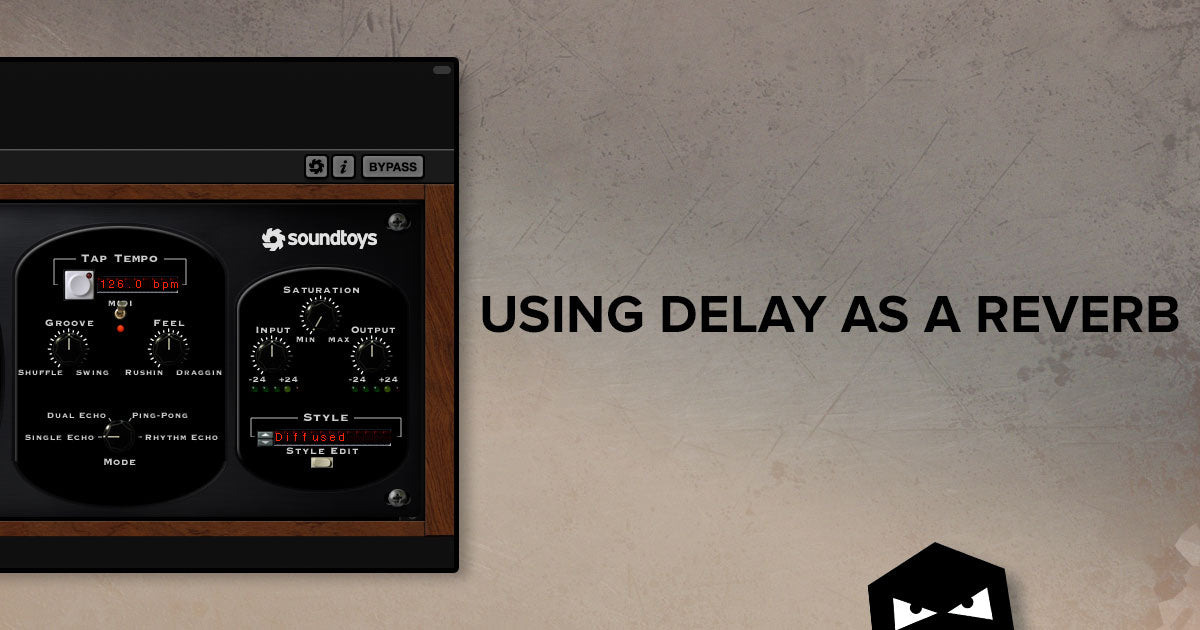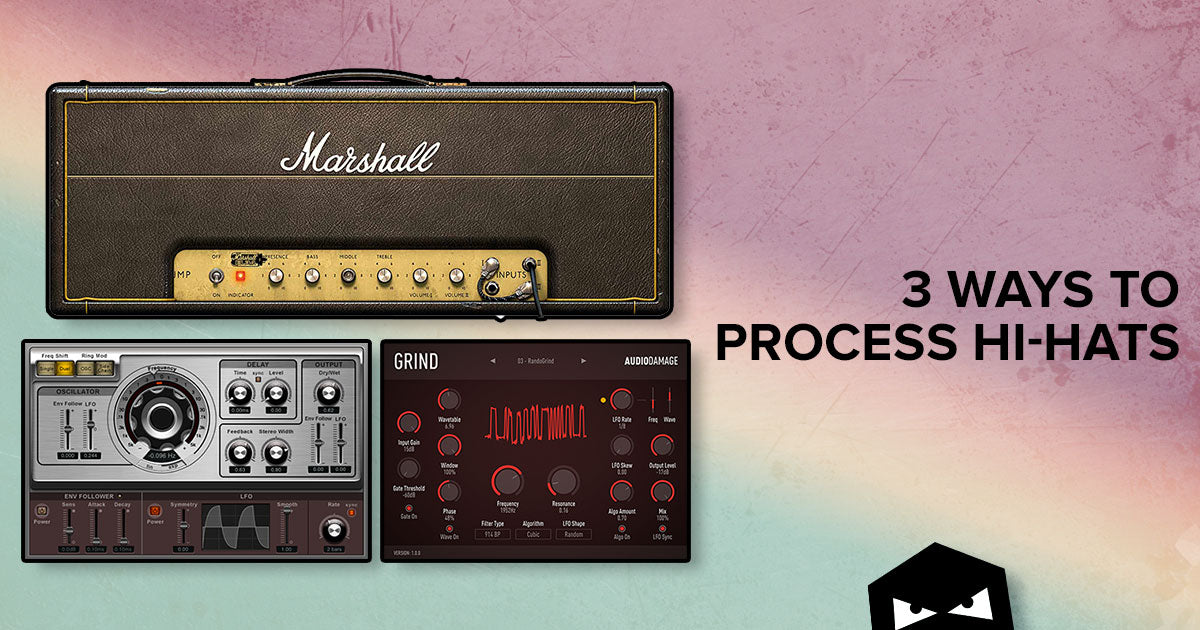Audiotent Tip 420 // Using delay as a reverb
This technique can be used to add a sense of space to the synth sounds. Here is a dry synth pluck we are using as an example:
First, lets insert a delay. We are using EchoBoy from SoundToys. This is how it sounds like, when we apply EchoBoy as it’s default state:

As you can hear in the example above, the synth pluck now contains a classic 8th delay tail. Our aim is to tweak this delay, so it sounds closer to a reverb.
Let's change the Style algorithm from ‘Studio Tape’ to ‘Diffused’.

The delay tail has more of that spacious character now. However, it still sounds like a delay. Next, we will increase the feedback control to around 2 o’clock to create a larger space.

The tail of the synth pluck sounds closer to a reverb, but we can also distinguish the subtle bouncing of the 8th division notes. Increase the echo time to 1/16th or more will smooth things out. We are also adjusting the Mix knob accordingly to find the best balance between the dry and wet signal.
Here is the final result, dry synth pluck, followed by our delay processing:

This technique can be used to add a sense of space to the synth sounds. Here is a dry synth pluck we are using as an example:
First, lets insert a delay. We are using EchoBoy from SoundToys. This is how it sounds like, when we apply EchoBoy as it’s default state:

As you can hear in the example above, the synth pluck now contains a classic 8th delay tail. Our aim is to tweak this delay, so it sounds closer to a reverb.
Let's change the Style algorithm from ‘Studio Tape’ to ‘Diffused’.

The delay tail has more of that spacious character now. However, it still sounds like a delay. Next, we will increase the feedback control to around 2 o’clock to create a larger space.

The tail of the synth pluck sounds closer to a reverb, but we can also distinguish the subtle bouncing of the 8th division notes. Increase the echo time to 1/16th or more will smooth things out. We are also adjusting the Mix knob accordingly to find the best balance between the dry and wet signal.
Here is the final result, dry synth pluck, followed by our delay processing:





Leave a comment
This site is protected by hCaptcha and the hCaptcha Privacy Policy and Terms of Service apply.